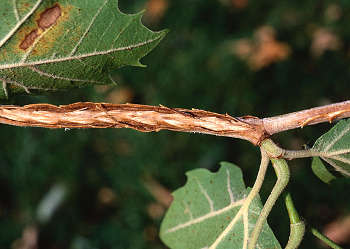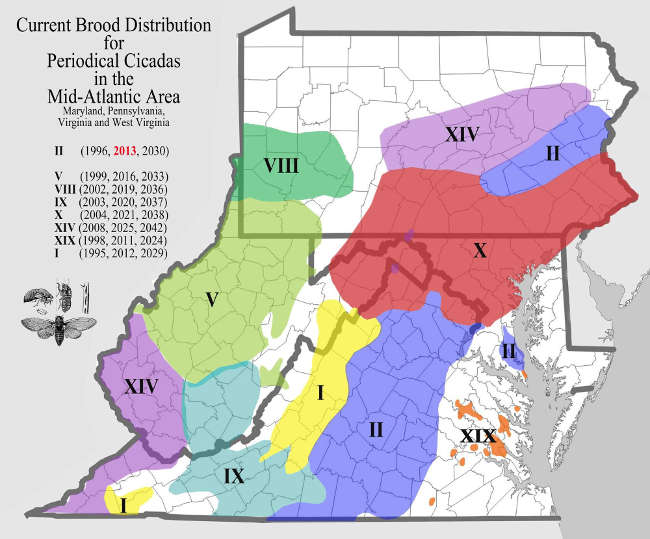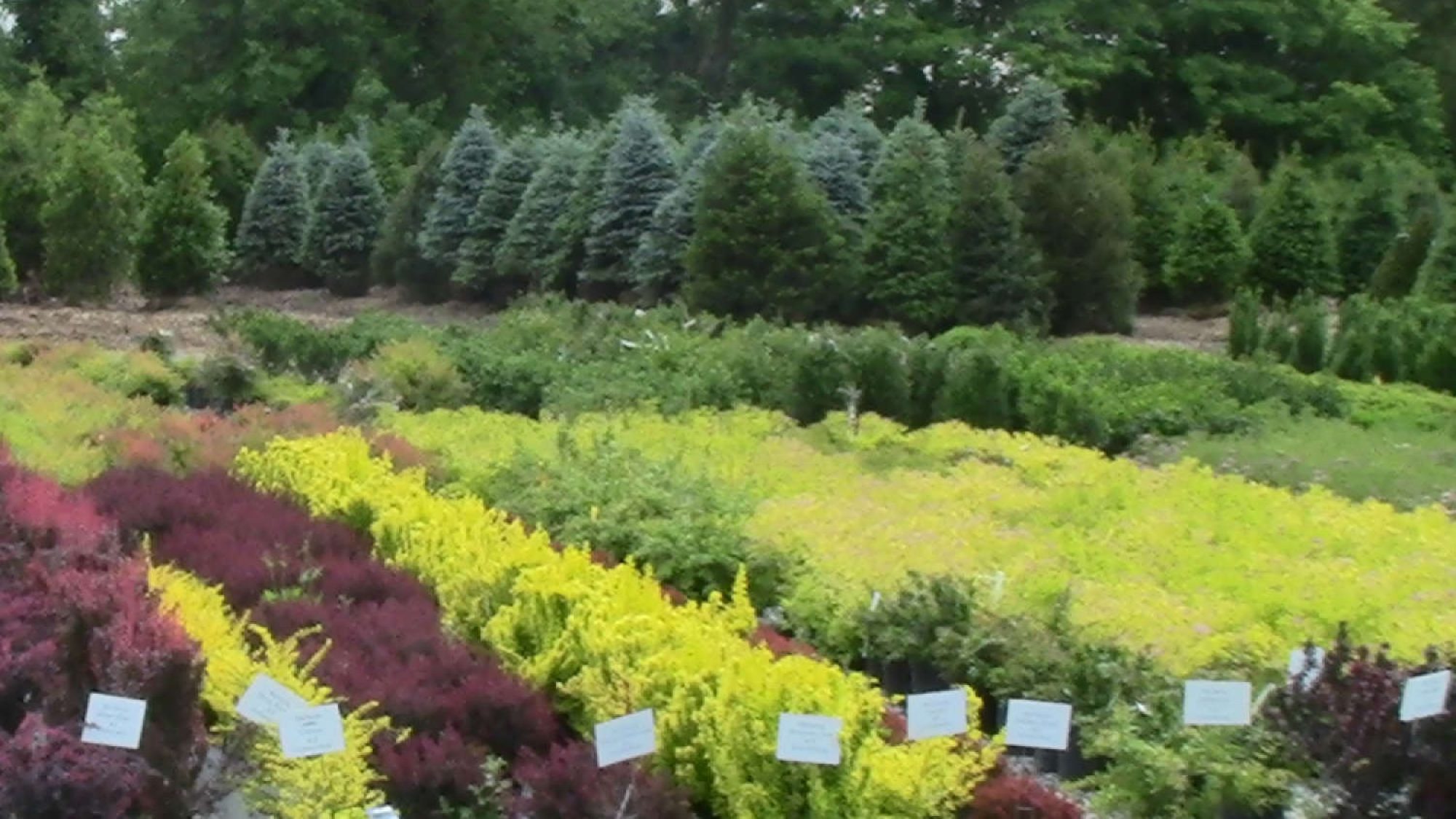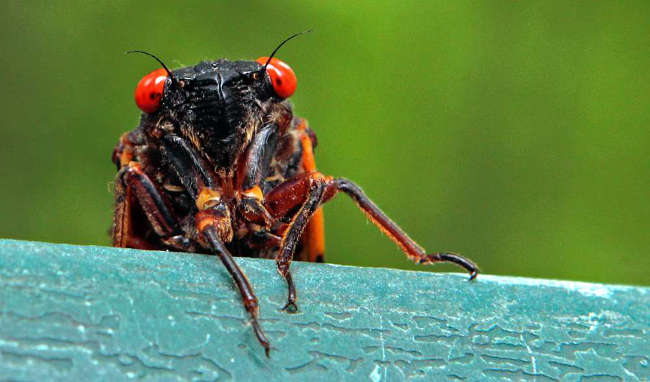17 Year Cicada Facts
17 year cicadas (also known as 17 year locusts) are the most feared of cicadas because of the damage they cause to trees. This 2016 Brood V (5) 17 year cicadas are currently emerging by the thousands, in parts of Virginia and Maryland. They begin emerging first in the southern-most ares and gradually emerge in the northern-most areas. For a list of the states and more detail on the geographic range of 17 year cicada, see this page. http://www.cicadamania.com/cicadas/brood-v-17-year-cicadas-due-in-spring-of-2016/
17 year cicadas normally begin to rise from the ground (when the soil 8″ beneath the ground reaches 64 degrees Fahrenheit) around the third week of May all the way through June in areas where they are expected to emerge.
What is a 17 year cicada exactly?
17 year cicadas look like giant flies. They are often referred to as locusts because of their size.
They are not harmful to humans and don’t bite or sting; however, they may mistake part of a human (such as the arms) as a tree or tree limb and attempt to feed. This will barely sting though, so simply remove the cicada from your person and continue your business.
They will feed with their long proboscis under their head, which they use to insert into plant stems in order to feed on sap.
Why 17 year cicadas are a problem
So what’s the big deal about these insects? Well as you probably knew already, 17 year cicada are locusts that are known to wreak havoc on trees, particularly young trees as well as ornamental fruit trees.
Female cicadas will lay their eggs deep in tree branches, which will cause the branches to turn brown and wilt. This may result in young trees losing most or possibly all of their branches. 17 year cicadas are also particularly attracted to dogwood, oak, maple and fruit trees.
Where to find 17 year cicadas in your yard
Cicadas will emerge in sunny areas of your yard before cicadas in the shady areas, so check those areas first. Indicators of cicada presence include human finger diameter shaped holes in the ground. You may also find them under stones and slates.
For more information on their potential locations as well as the distinctive sounds they make, check out this page. http://www.cicadamania.com/where.html
For protecting your trees, use 1/4″ mesh cicada netting. This will make it iimpossible for the bugs to crawl through to the tree. Put the net over the entire tree and secure it to the trunk so they can’t crawl under the opening.
As mentioned earlier, Brood V is the one to watch for this year. The map below indicates the areas of highest risk.



